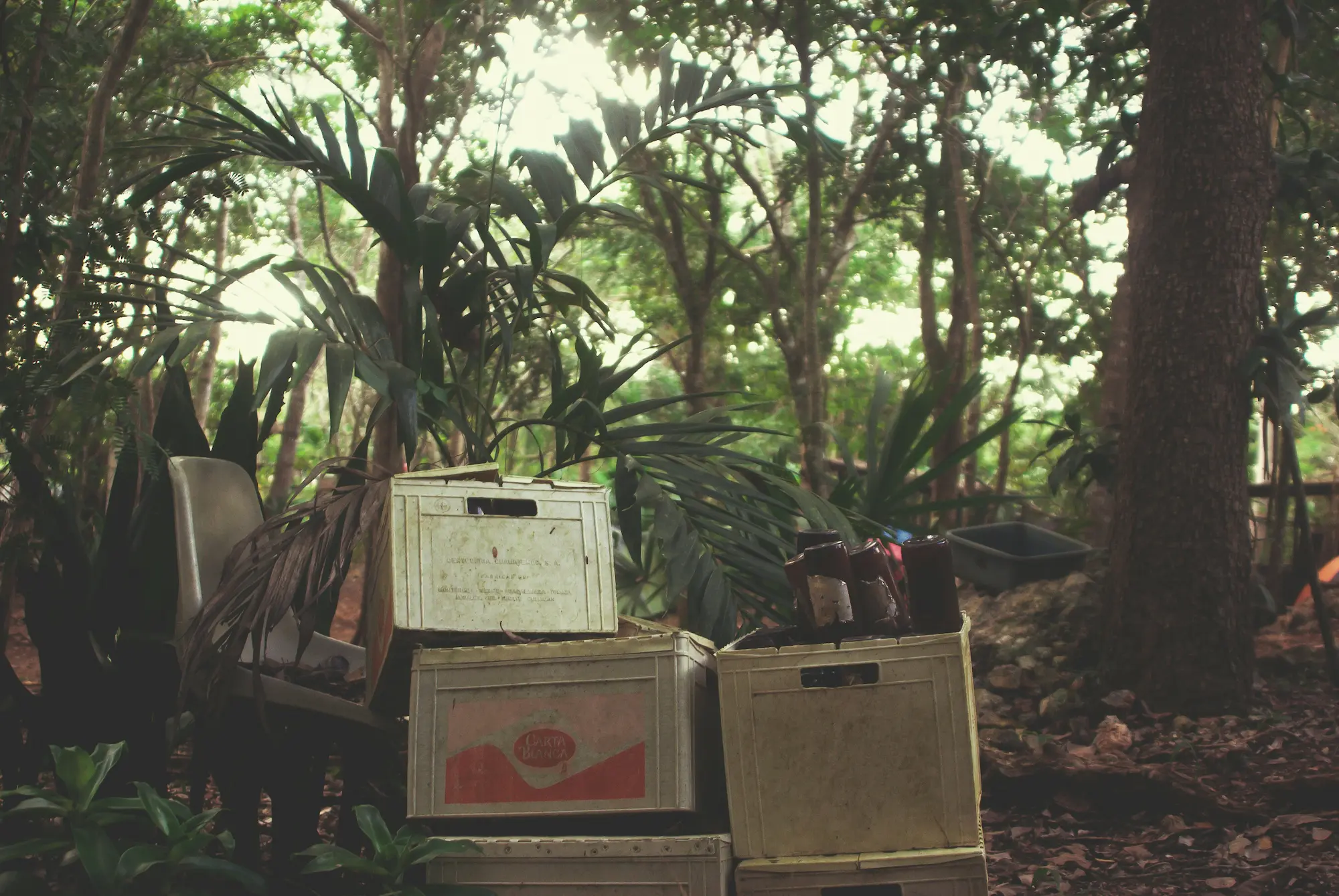· Applying life’s principles in your innovations ·
*This is an extract from an article originally published in the Norwegian magazine Naturfag 1/17: Kreativitet. You can read the full piece here
Awakening the senses
Her eyes were closed. Her face shows an expression of mixed curiosity, concentration and joy as her fingers explore the object in her hands, almost the size of her paws. She turns and flips the object, not leaving any surface unexplored. The object feels spiky on some of the edges, smooth in what she describes as the inside, slightly bumpy and a bit rougher on the outer surface. It feels light, yet hard and strong. There seems to be some kind of pattern on the edges, and apparently a symmetry as well. May be it is the shell of some animal, but the point of the exercise is not to discover what the object is, rather discovering it with all her senses except for sight, at least for now. Her neighbor at the workshop table picked an object among the natural artifacts laying on the table and put it in her open hands while her eyes were closed. In the classroom a dozen of other students in design do the same ‘blindfold exercise’ in pairs. One closes his eyes and opens his hands while the other picks an artifact and puts it in the first person’s hands. As they explore the artifact, they say out loud all the adjectives that comes to mind and the neighbor writes them all down. Adjectives are at first a bit hard to come by, but gradually they start to flow. We’re so heavily influenced and stimulated by sight that we tend to describe things by the way they appear, obliterating a good part of the information coming through the other sense. After opening their eyes, the pairs switch roles and the one who chose the object becomes the blind one. All these adjectives characterize a function. There is a reason why the shell is hard yet light, spiky in places, smooth on the inside. Understanding these functions, and then understanding how nature is realizing them, is key to being able to learn from nature. What we want to do is to take out the principles from nature’s solutions and implement them in our designs. Nature is after all facing many of the challenges that we humans encounter. We’re all subject to the same laws of physics, facing the same elements and adapting to them. Nature is a master at ‘creatively’ using the laws of physics at its own advantage. In addition, nature is sustainable. Life creates conditions conducive to life. What would it look like if our designs were creating conditions conducive to life? Can we design sustainably? Yes, we can. Doing it while taking inspiration from nature is what is called biomimicry. We define it as the conscious emulation of nature’s successful strategies.Innovation and creativity
How does nature innovate? How does nature come up with new ideas? Creativity functions a bit differently for us than it functions in the rest of nature. Nature is not per se creative. The diversity we find in all living things is the result of both random gene mutations and the evolutionary process that filters these mutations through the survival of the fittest. There is no intent behind this diversity, there is no intelligent design. The result is nonetheless interesting for us humans because nature forms a giant library of solutions to various challenges. And for each challenge there are many solutions that we can get inspired by. Let’s take an example. Temperature regulation is a common challenge for all living things. We need it to preserve our food, to feel comfortable in the places we live and work or in most of our transportation vehicles. Now let’s look at how regulating temperature happens in nature.- Closest to us: our body. It tries to keep a roughly constant temperature, and the ways this is solved happens for instance through sweating or shivering.
- In hot climates, many animals use large body surfaces to create a heat exchange for their blood vessels. Take the ears of the elephant for instance. The desert fox also has very large ears compared to the arctic fox that has tiny ones in order to not lose too much body heat in the cold.
- Cactus use shade for instance: the zig zag pattern on their cross section allows them to generate shade no matter the angle of the sun’s rays, and as you may know, it’s cooler in the shade.
- The black and white stripes of the zebra may also be a cooling strategy: the black stripes get warmer than the white zones, creating convection and thus the moving air cools slightly the skin.
- In some places in Africa, termites build mounds several meters high and given that they are directly exposed to the sun they should have a very high temperature inside. This is actually not the case as termites have created an ingenuous ventilation system that allows them to regulate the temperature. In addition the nest in the mound is below the ground at a depth where the ground temperature remains constant no matter what the temperature outside is.
The blindfold exercise I described at the beginning of this article is the way we start almost all of our biomimicry workshops. In addition to being fun, it puts students in a mindset that is much more creativity prone.
The next step in that exercise is to take all those adjectives the students laid down and have them guess what function they might serve. From there we invite them to reflect on where, in our everyday life, in the objects we use or that surround us, those functions are present. How would they integrate in their design what they found?
For the non biologist, the process is often reversed: instead of starting with nature, it may start with a challenge. Taking that challenge, breaking it down to functions needed to solve it and looking at how nature achieves those functions is another way to do biomimicry.
In one of the design challenges during the workshop, students studied how armadillos can pack themselves into a solid ball that no predator can crack open



